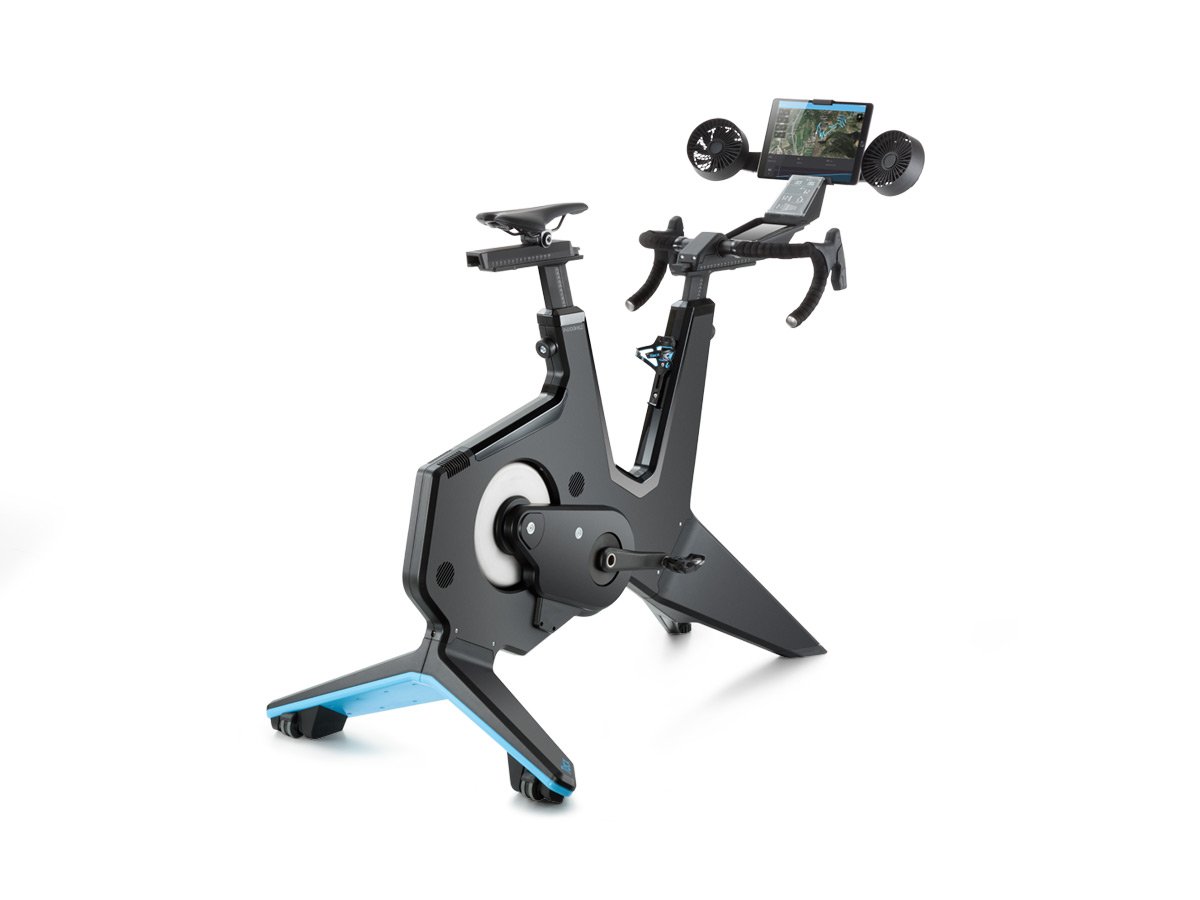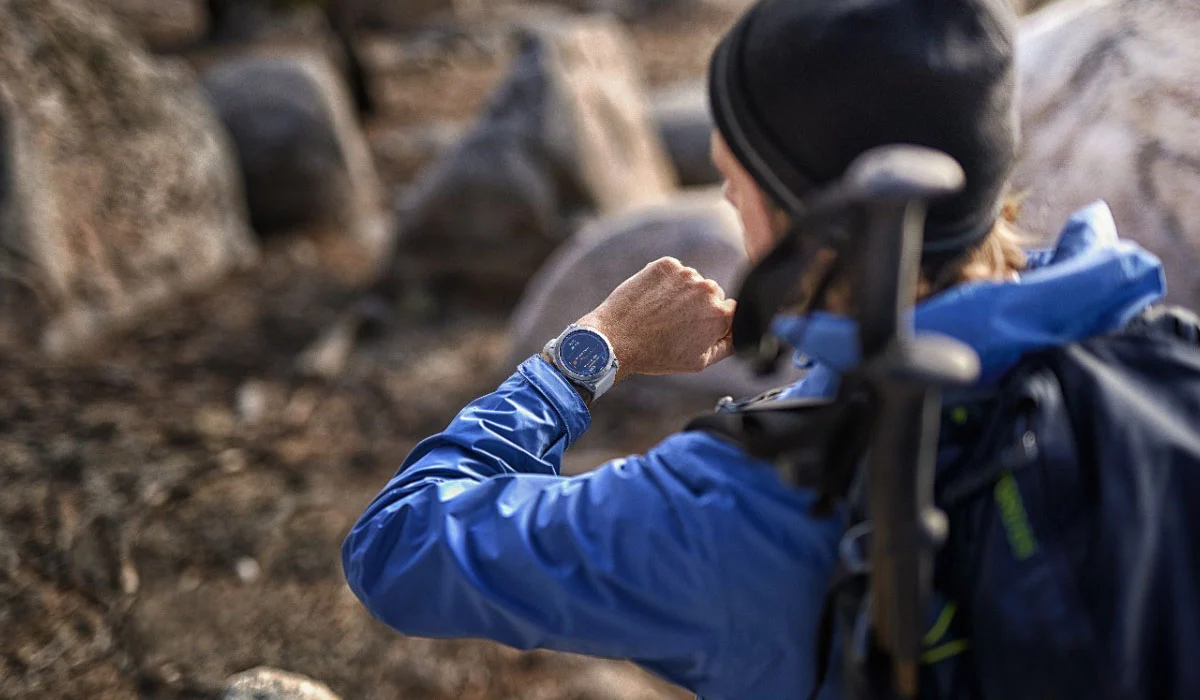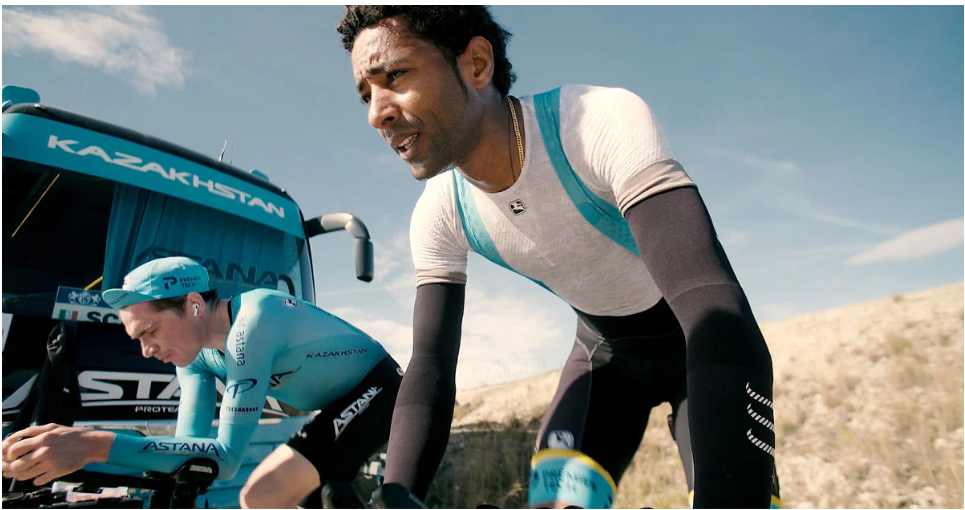
Tame the Pain: How Cyclists Can Increase Their Pain Tolerance
In the sport of cycling, suffering paves the path to victory. But everyone’s tolerance for pain is different. While physical fitness represents the ceiling of your physical limits, how close you get to that limit is dictated by your mental fitness. The good news is that just like physical fitness, your mental fitness can also be trained. Here’s how to up your mental game and pain tolerance for improved performance on the bike. A reliable indoor bike trainer is the perfect place to practice.
Mind Over Muscle. What Is Fatigue?
As cyclists we all know the feeling when the body says “enough”. Most of us assume that we have no more to give when we’re overcome by extreme fatigue, painful legs and a negative mindset on a steep climb. But science has shown that perhaps we have a lot more left in the tank than we may think. It’s the brain, rather than the capacity of our muscles, that acts as the primary limiter when it comes to effort.
During hard efforts, the brain limits performance in order to protect the body. This unconscious protective mechanism, named the central governor model by South African scientist Tim Noakes,
reduces output to the muscles.
The theory states that the brain regulates exercise so that the intensity doesn’t threaten the body’s homeostasis and cause anoxic damage to the heart. The perceived level of effort that we experience is just the brain trying to force us to slow down for our own good.
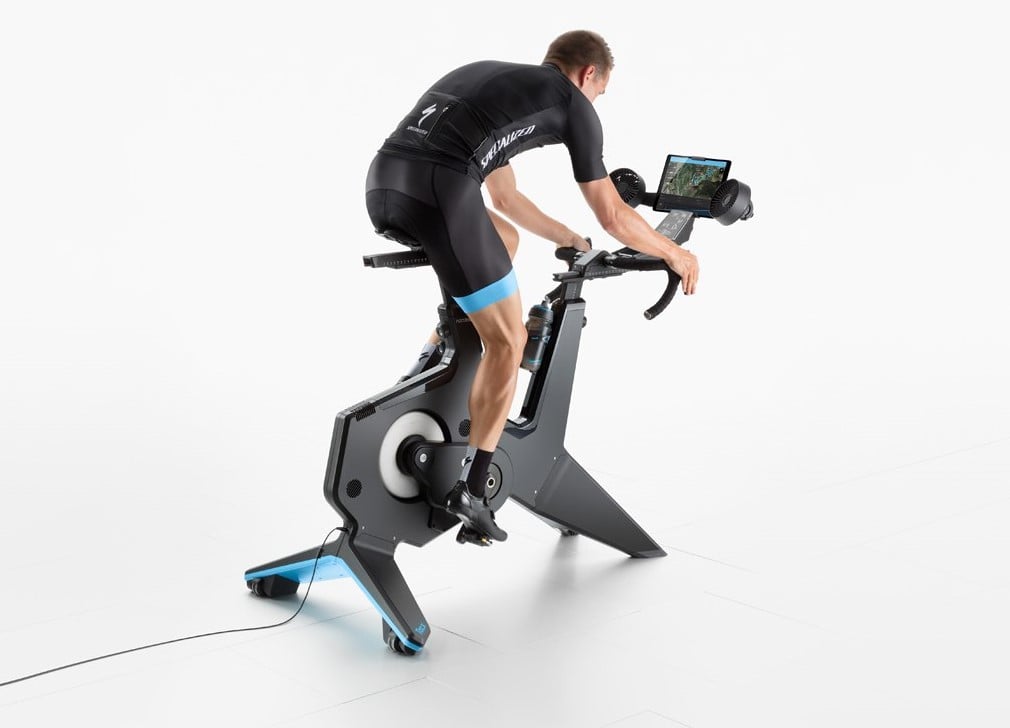
Fatigue and Perceived Exertion
Fatigue and perceived exertion are not the same. At a fundamental level, perceived exertion is a sensation, such as thirst or hunger. When we feel like we’ve exerted ourselves, we feel better after we stop riding, but that doesn’t change our fatigued state.
The top cyclists in the world have learned that they have more to give, even when levels of perceived exertion are high. With 5 kilometers to go on Alpe d’Huez, those in contention have become adept at ignoring the signs from the central governor. Again and again, they’ve learned the technique necessary to survive and thrive in a world of pain.
Reframe the Pain to Suffer More
While genetics count for a lot in cycling, mental fortitude is what really counts. The underlying psychology of your past and present-day self will often define how “good” of a cyclist you are. Many top athletes had tougher-than-normal childhoods that helped prepare them for the toughness to thrive in extreme endurance sports such as cycling.
When it comes to suffering on a bike, the secret lies in the conscious reframing of the experience. By training yourself to replace negative thoughts with positive ones, you can expect marked improvements in your pain tolerance.
Studies have shown a 20% increase in the ability of untrained athletes to withstand suffering via positive self-talk. But when it comes to self-talk, everyone is different. What works for one may not work for another. The secret is realizing when you’re having a negative thought and replacing it with something positive that works for you.
Sean Kelly once commented that while riding at his limit in a race, he would convince himself that everyone was suffering at least as much as he was. Others have more bizarre rituals. Australian time trialist Felicity Wardlaw claimed to imagine she was a panther. She would see herself through the eyes of a panther — fast, relaxed, smooth, powerful and lean. Experiment with your own techniques the next time you’re doing some hard turbo intervals so you know the right technique to use when you’re racing.
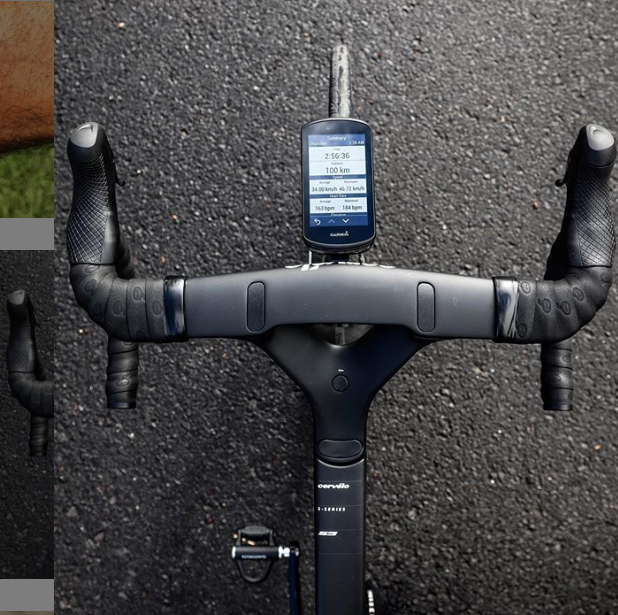
The Power of Visualization
While it works for many, visualization can sometimes backfire when it’s done incorrectly. The secret to visualization lies in being realistic. You must visualize the imperfect race.
Those who visualize only the perfect race often find themselves wallowing when things go off-script. By visualizing attacking off the front with 5 kilometers to go and holding off for victory, you likely won’t cope well if you get into trouble on the first climb of the race. Such a visualization has set you up for failure.
To visualize effectively, you must visualize the event to be as hard as you can possibly imagine. By imagining the worst-case scenario, you give yourself the best chance of staying positive no matter what plays out in the race.
Why Riding with Others Is Important
Behavioral synchrony and competition are great for increasing pain tolerance in cycling. Behavioral synchrony refers to the ability of group members to coordinate. When one cyclist pushes the pace, others quickly adapt and push through their own pain barrier. Within a group, you’re much more likely to exert yourself because there’s something very motivating about the consequences of getting dropped. That’s one of the reasons platforms such as Zwift are so beneficial.
While cyclists generally tend to lose speed in their legs in their early 30s, there is no such limit attached to how you age psychologically. It all comes down to practice and healthy habits. That includes time spent off the bike as well. Visualizing and reframing negative thoughts to positive ones in your everyday life will no doubt encourage health improvements and inner well-being — and that’s another performance enhancer itself.
By Jack Stafford, specialist cycling copywriter who lives and rides in southern Italy.
The information provided through our blog is not intended to be and is not a substitute for professional medical advice, diagnosis or treatment that can be provided by your own health care professional. Garmin makes no attempt to diagnose, treat or cure any physical ailment, or any mental or emotional issue, disease or condition. Our blogs are intended to help you reach your own health and wellness goals.
